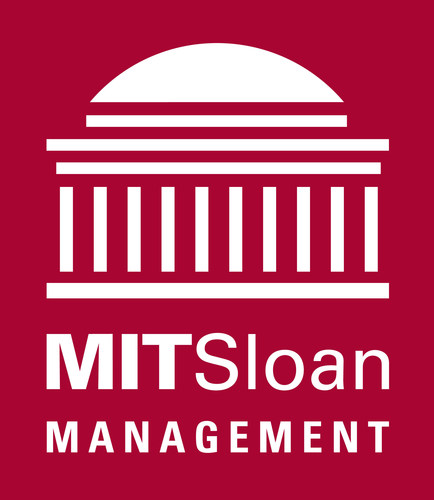One of the great questions that hangs over workers in the new era of boundless work is this: When you can choose to work from anywhere, where will you choose to work? It’s not just a question for the growing army of workers who find themselves unfettered from the traditional times and places of work. They will naturally choose to work in the places they feel make them most productive and happy, which nurture their wellbeing and chime with their values. The challenge for the owners and the occupiers of offices is to create the working environments that will draw people to them.
Source: When you can choose to work anywhere, where will you choose to work? – Workplace Insight
This isn’t just a challenge of office design. It’s one of logistics and personal economics since working in an office for most involves considerable time and money spent commuting to and from it. Making the office space more comfortable and inviting does not and cannot address that unless it includes a Star Trek-like transporter room that allows staff to beam in for a meeting. As metro areas grow and become more congested, the problem only grows worse. Knowledge workers will think, “That’s a really cool office, but what a pain and time suck to get there.”
Given the choice on where to regularly work and in the interest of their personal well being, the obvious one for most knowledge workers is as close to home as possible.


